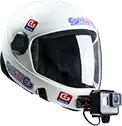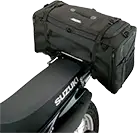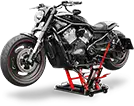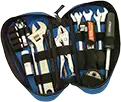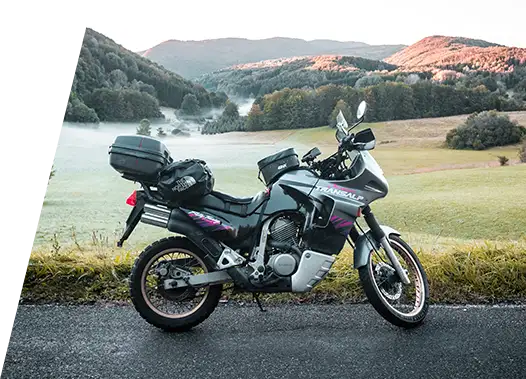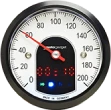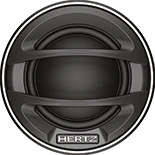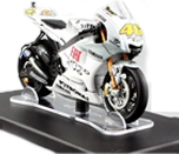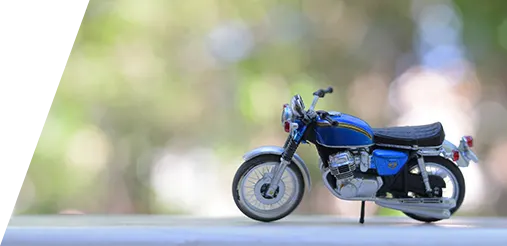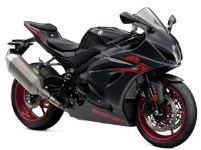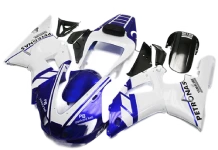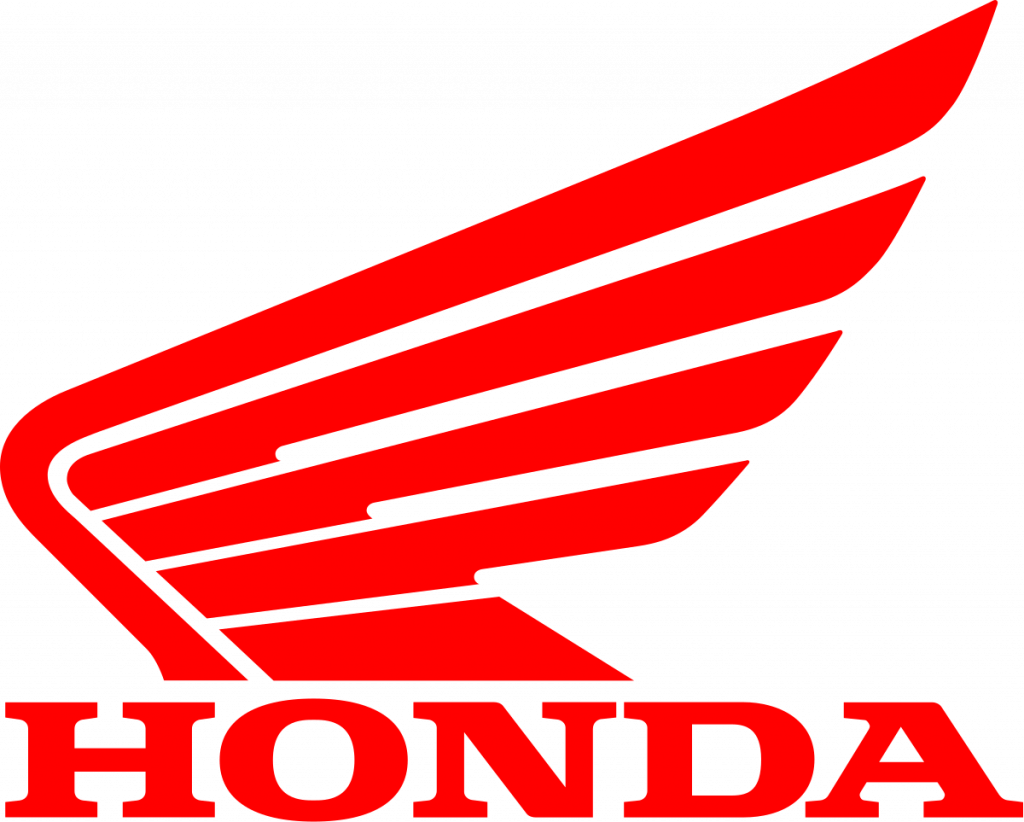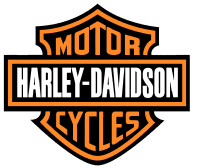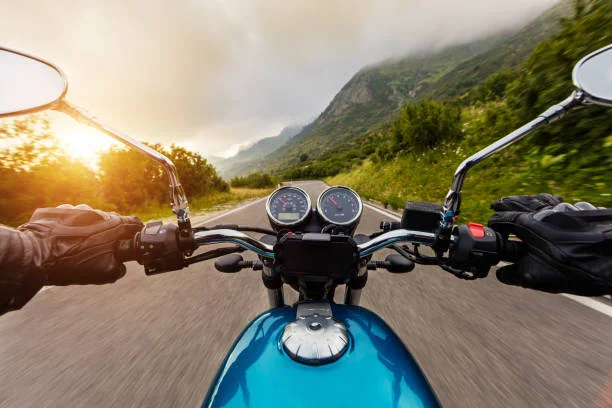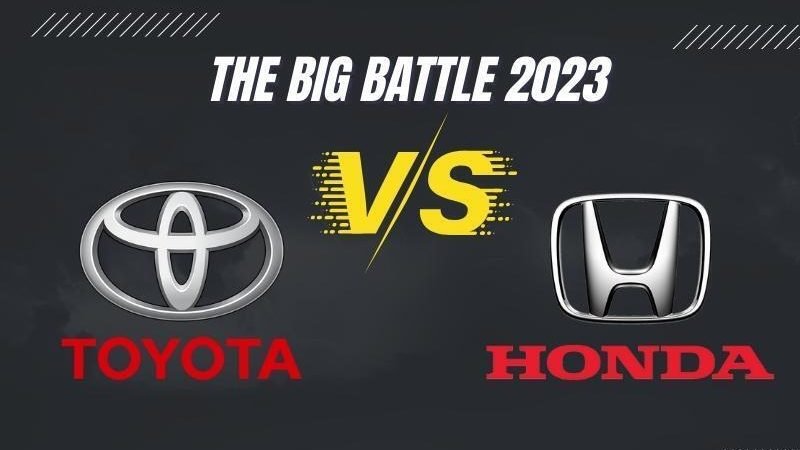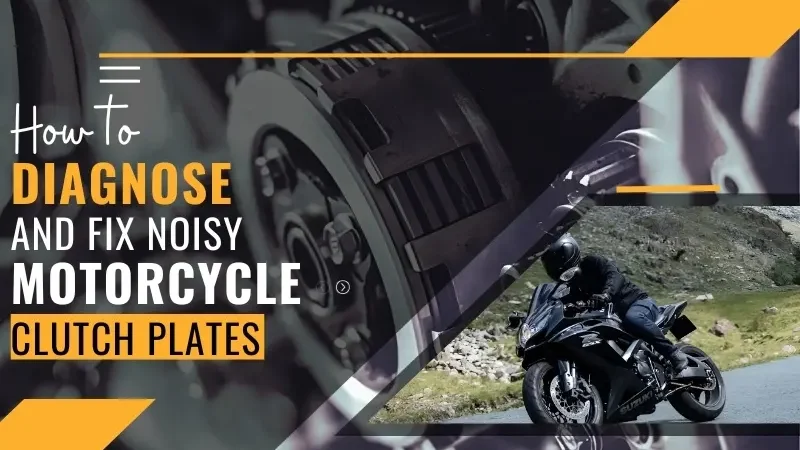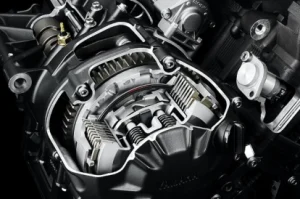How do I push my motorcycle to the maximum speed? The answer is “From Training to Motorcycle Fairings; Change your Gearings!”. Going for a smaller rear sprocket or a larger front sprocket (or both) will increase your top speed, at the sacrifice of acceleration.
Imagine racing in windy weather with your fellow riders; all speeding on an open road tearing down the road apart together, and you feel a grapple of air hugging you from the back slowing your pace down, and leaving you in a huge gap by your fellow riders. There you start questioning your skills and also your bike wondering whose fault is it. Well, dear rider, it’s neither your bike nor your skills that should be blamed, then who to blame? Well then, let’s blame the air for it.
Honestly, it’s not your skills, neither your bike nor the air that should be blamed; well, let’s just put the blaming aside and have a look at your bike; does it have what it needs to have while racing? Join us as we delve into the Top 10 Tips to Win Every Road Race; rev up your engines because in this article, we will unveil the secrets that can help you win every road race with confidence!
10 Tips to Win Every Motorcycle Road Race

Success on the track begins long before the race day. Physical fitness, mental preparedness, and a comprehensive understanding of road racing dynamics are essential components of effective preparation. Engaging in regular workouts, mental exercises, and visualization techniques can give you the edge needed to outperform competitors.
- Choosing the Right Motorcycle
Your choice of motorcycle can make or break your road racing experience. The bike should align with your skill level and racing goals. Research and test various models to find one that offers the optimal combination of speed, agility, and control.
- Mastering Riding Techniques
To dominate the race, you must master fundamental riding techniques. This includes perfecting your body positioning, mastering throttle control, and honing your braking skills. These basics form the foundation for advanced maneuvers that can give you a competitive edge.
- Understanding Race Tracks
Track familiarity is a game-changer in motorcycle road racing. Spending time studying the layout, corners, and elevation changes of a track can provide a significant advantage. Practice sessions on the actual track further enhance your understanding and comfort level.
- Safety Measures
Safety should always be a priority in road racing. Investing in high-quality safety gear, including helmets, gloves, and leathers, is non-negotiable. Additionally, understanding and adhering to track safety regulations contribute to a secure racing environment.
- Mental Toughness on the Track
The intensity of road racing demands mental fortitude. Developing mental toughness allows you to stay focused, maintain composure under pressure, and bounce back from setbacks. Visualization, positive affirmations, and mindfulness techniques are valuable tools in cultivating mental resilience.
- Importance of a Good Team
Road racing is not a solitary pursuit. A supportive and skilled team can elevate your performance. From mechanics to strategists, having a reliable team ensures that every aspect of your racing endeavor is finely tuned for success.
- Regular Training Routine
Consistent training is the key to improvement. Devise a training routine that includes both on-track practice and off-track exercises. Strengthening core muscles, enhancing flexibility, and refining specific riding skills should be integral to your training plan.
- Balancing Speed and Control
Finding the right balance between speed and control is an art in motorcycle road racing. Striking this balance enables you to navigate corners with precision while maintaining optimal speed. Regular practice and feedback from experienced riders contribute to mastering this crucial skill.
- Analyzing Competitors
Knowledge is power on the race track. Analyzing the strengths and weaknesses of your competitors allows you to devise strategic moves during a race. Stay informed about the racing styles of your rivals and adapt your approach accordingly.
- Adapting to Different Conditions
Road racing often exposes riders to various weather and track conditions. Developing adaptability is essential for success. Practice under different conditions, and familiarize yourself with adjustments needed for rain, heat, or changing track surfaces.
Top 10 Essential Gear Contributions to Win Every Motorcycle Road Race
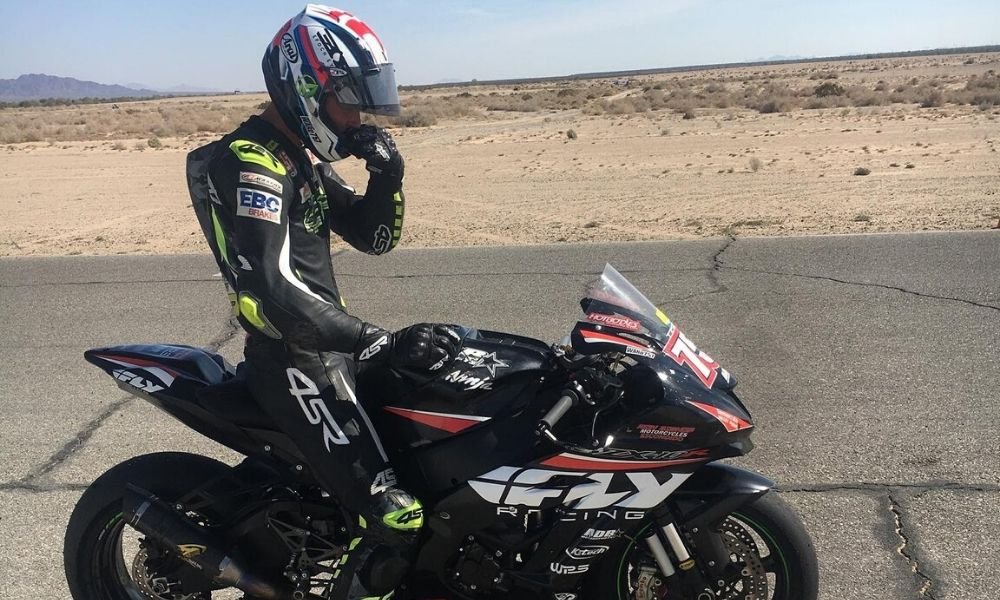
Motorcycle road racing is not just about speed; it’s about control, technique, and, most importantly, the gear you choose. Your gear is your armor on the track, and each piece plays a crucial role in your safety and performance.
- Helmet: Your Ultimate Guardian
A helmet is more than just a protective shell for your head. It’s a sophisticated piece of equipment designed to enhance your racing experience while ensuring your safety. Look for features like aerodynamics, ventilation, and visor clarity when choosing your ultimate guardian.
- Riding Suit: The Second Skin
Your riding suit is more than a fashion statement; it’s your second skin on the track. The aerodynamic design not only adds to your speed but also contributes to overall comfort. Get the best one in accordance with your preferences.
- Gloves: Armor at Your Fingertips
In the fast-paced world of motorcycle racing, precision is key. Your gloves play a crucial role in providing the grip and control needed to navigate sharp turns and straights alike. They enhance the overall gripping and controlling experiences.
- Boots: Ankle Support and Flexibility
Stability on two wheels starts from the ground up, and your boots are the foundation. Motorcycle boots are important for protecting your feet, ankles, and calves. They can also help you ride safely by making it easier to manage the pedals
- Body Armor: Shielding Your Core
Your core is vulnerable in a crash, and body armor is designed to shield it from impact. Motorcycle body armor is an essential piece of safety gear for riders. It’s designed to absorb shock, reduce abrasion, and dissipate impact in the most vulnerable parts of your body.
- Knee Sliders: Navigating Turns with Precision
Cornering is an art in motorcycle racing, and knee sliders play a significant role in mastering it. They protect the rider’s knees in case of a crash or fall. They also help riders maintain optimal control and speed while racing by indicating how low the rider can lean on their bike while taking a turn.
- Back Protectors: Safeguarding Your Spine
Maintaining the right posture on a motorcycle is essential for both performance and safety. Back protectors contribute to this by providing support and impact resistance. A motorcycle back protector can reduce the forces transmitted to the rider’s back from impacts like a rear-end accident or from coming off the bike. It can also protect the rider from serious injuries to the spine, which can even lead to paraplegia or other impairments.
- Communication Systems: Staying Connected on the Track
Communication on the track is often overlooked but can be a game-changer. Motorcycle communication systems, like intercoms and headsets, use Bluetooth technology to enable wireless communication between riders and passengers. These systems can also connect to phones, GPS devices, and music players.
- Motorcycle Fairings: The Air Cutter
Motorcycle fairings are common in racing and sports bikes. They can have several different styles, including full, half, and quarter fairings. A half-fairing only covers the lower portion of the motorcycle’s front end, whereas a complete fairing covers the whole thing.
- Maintenance Tools: Keeping Your Gear in Top Shape
Your gear is an investment, and proper maintenance ensures its longevity. Keeping your gear in Top shape can help you increase speed and smooth gear shifting, during a race.
Wrapping Up!
In the thrilling world of motorcycle road racing, victory is a culmination of skill, strategy, and the right gear. Each piece contributes to the puzzle, enhancing your performance and keeping you safe on the track. As you gear up for your next race, remember that the right equipment can be the deciding factor between triumph and defeat.
FAQs
Replacing your helmet is advised every five years, or earlier if it has been in an accident.
No, it’s crucial to use gloves designed specifically for motorcycle racing, considering the unique demands of the sport.
While not mandatory, knee sliders are highly recommended for racers, especially those looking to improve their cornering skills.
Look for boots that offer enhanced control, feedback, and protection without compromising comfort.
Regular practice is key. Aim for at least two to three practice sessions per week to see noticeable improvement.
Essential safety gear includes a high-quality helmet, gloves, full leather, and sturdy boots.
Practice mindfulness techniques, focus on your breathing, and visualize successful races to calm pre-race nerves.
While not mandatory, a professional coach can provide invaluable guidance and accelerate your learning curve.























